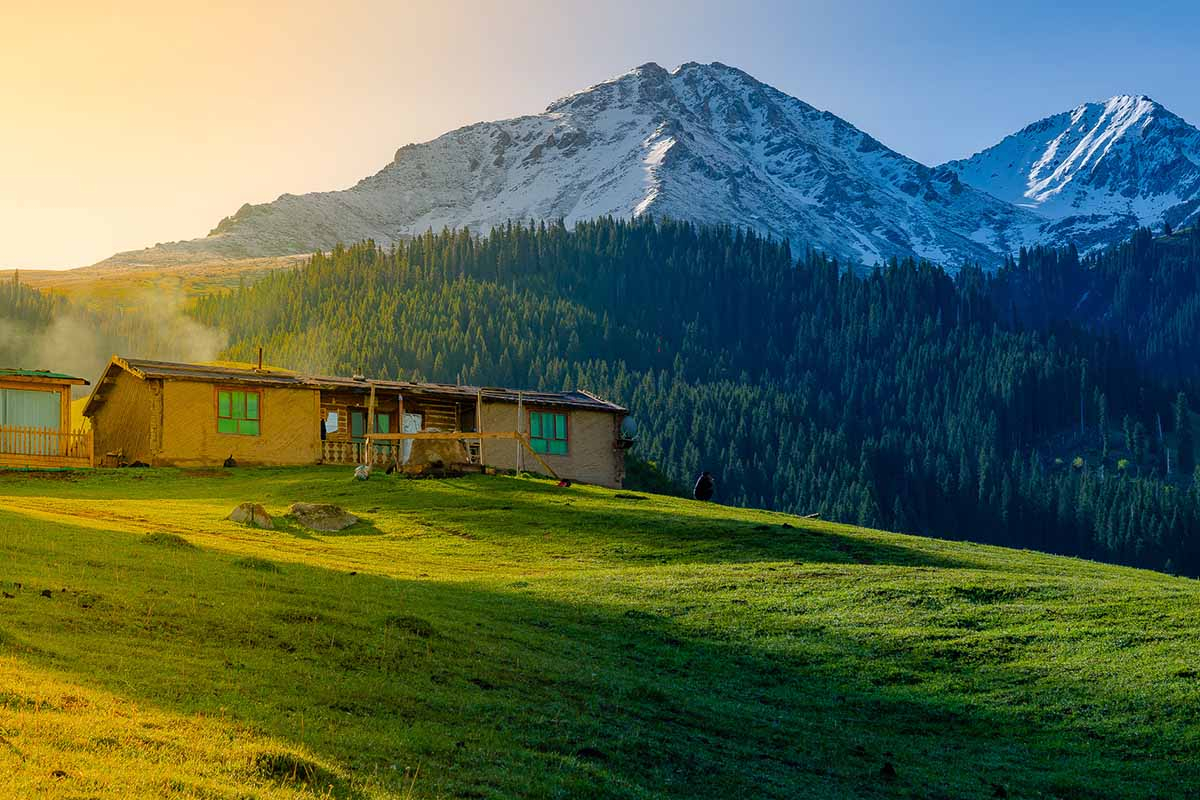
Qiongkushitai Village
Like many locations in north of Xinjiang, there are idyllic pastures around the village. The Kazakh herders still live in a traditional pastoral life. This village provides a window for visitors who are interested in the lives of the less known ethnic group in China.
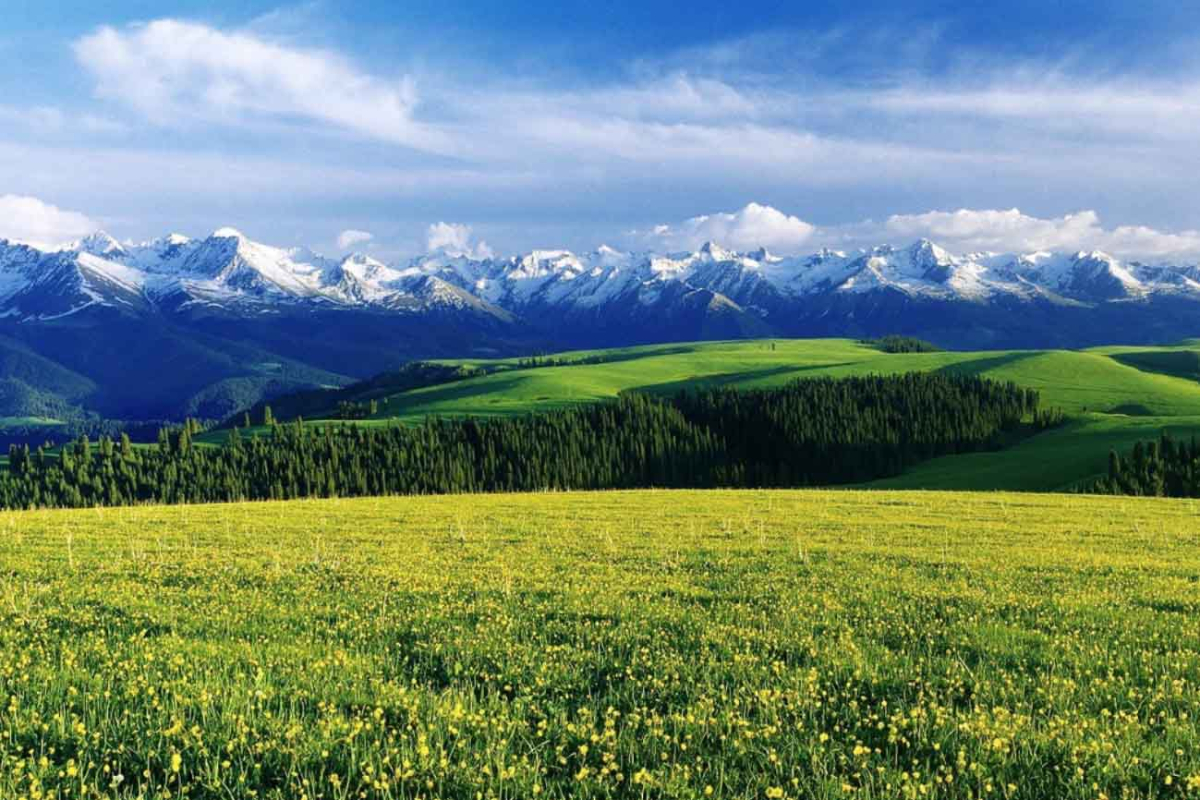
Kalajun Scenic Spot
The scenic spot lies under blue skies; with slowly moving white clouds passing over snow-capped peaks, white yurts of herders, flocks of sheep and goats moving in green pastures, dark green primeval forests and deep canyons.
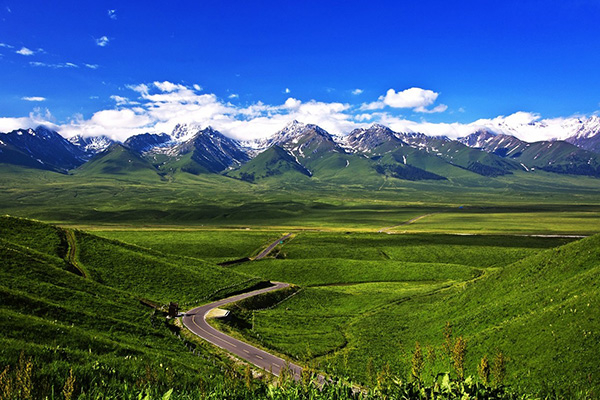
Nalati Tourism Scenic Area
Narati grassland is also known as "aerial grassland". It is an Inter mountain basin with beautiful grass, fertility and water. Every June to August are the golden season of summer pasture, the vast expanse of lush grassland is dotted with colorful wild flowers.
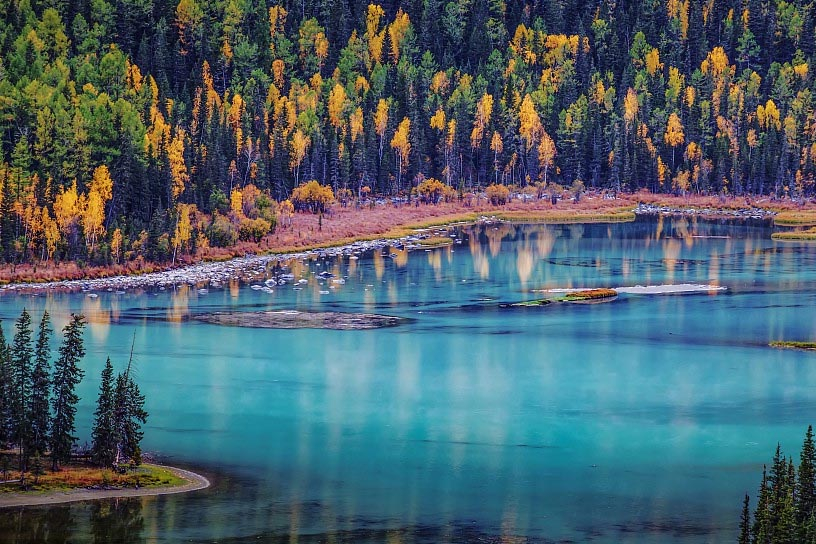
Kanas Lake
In Kanas Lake, tourists can view “Treasure Light”, which is called by local people “Buddha Light”. It, integrating with the beautiful Kanas Lake view, the white glaciers, the green grassland, the boundless forest, and the mist in mountains.

Nanshan Pasture
The green grasslands, pristine valleys and gushing waterfalls are a feast for the eyes. Visitors can taste authentic Xinjiang food served by local Kazakh people in traditional yurts, enabling them to experience Kazakh customs.
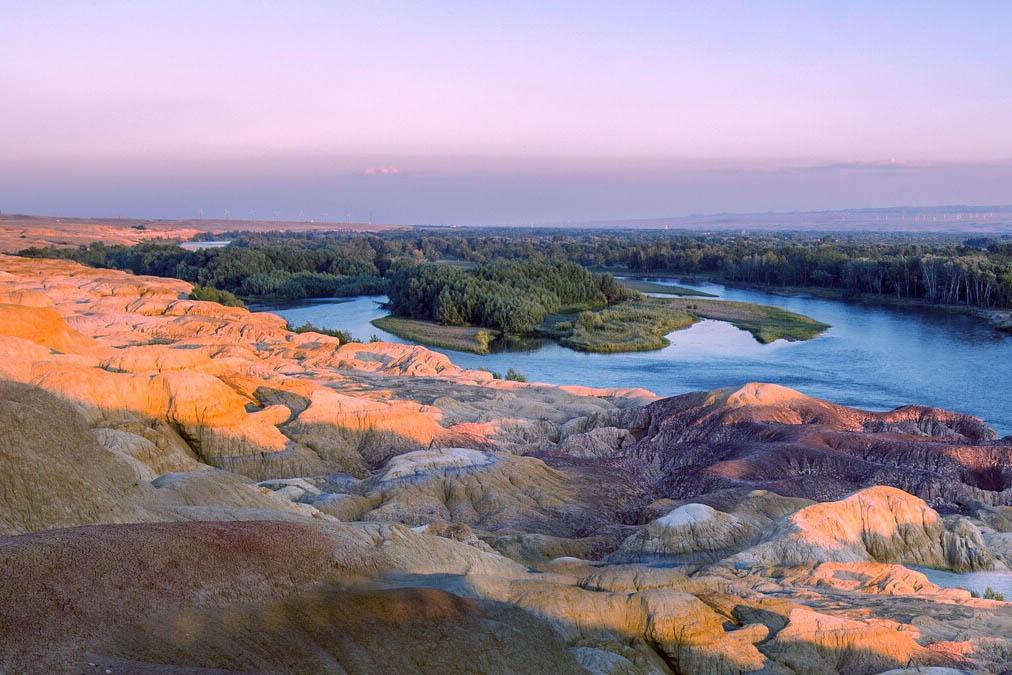
Wucaitan Scenic Area
Shapes or even colors of hills as each rock layer or surface contain different types and quantities of minerals. In some specific location of these hills, strange sound are created when wind blow through the surface of the ground.
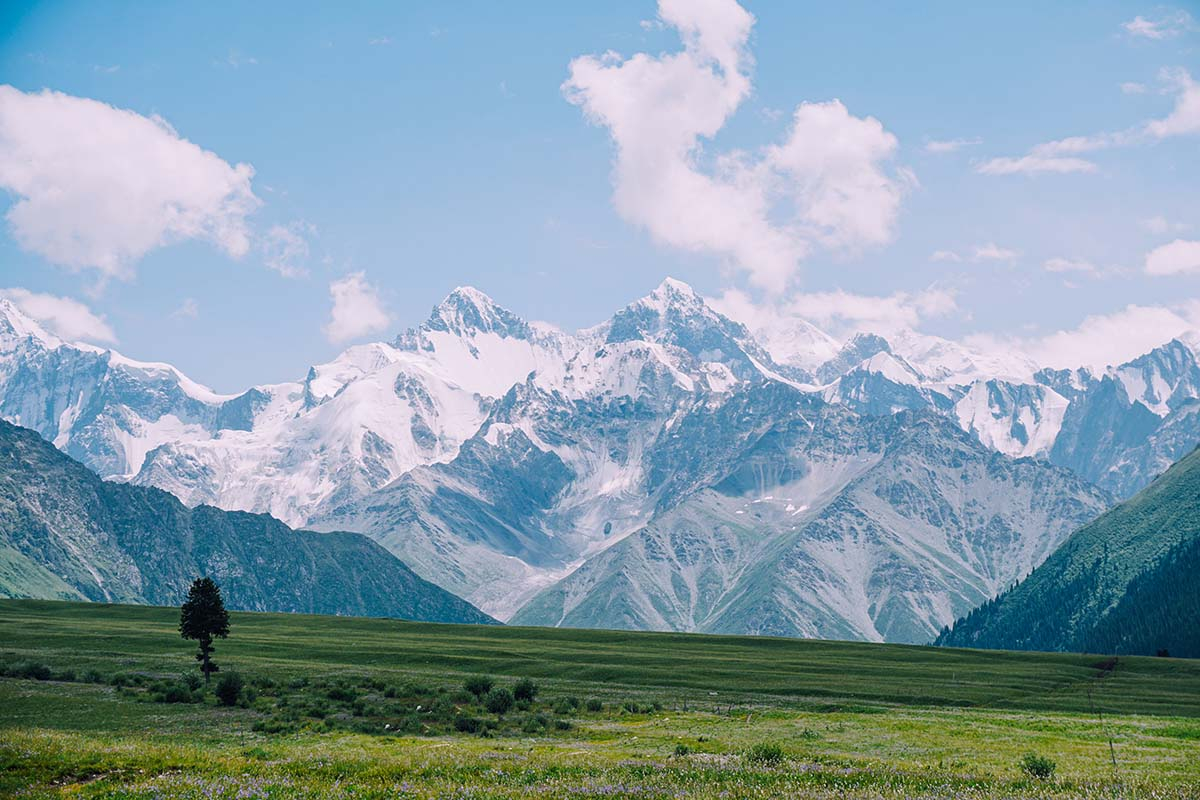
Xiata scenic spot
After getting off the bus at the terminal station of the spot, the true beauty of Xiata slowly unveil itself. Xiata is a dream pasture under the snowy peaks of icebergs. In the distance lies the mighty Muzhalte Snow Mountain.
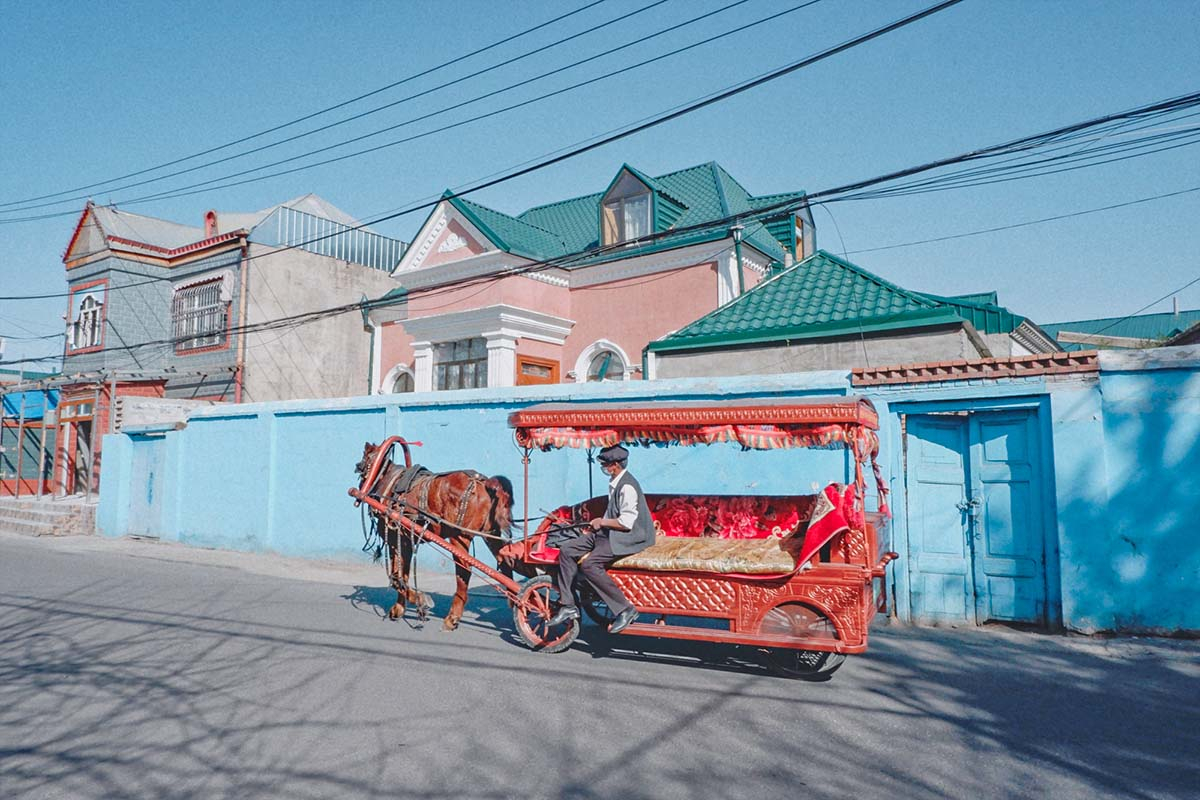
Kazanqi Folk Custom Village
Kazanqi has been developed into a scenic spot that highlights the culture and folk custom of Uygur people. It is rich in Uygur culture and serves as a window to the city of Yili.
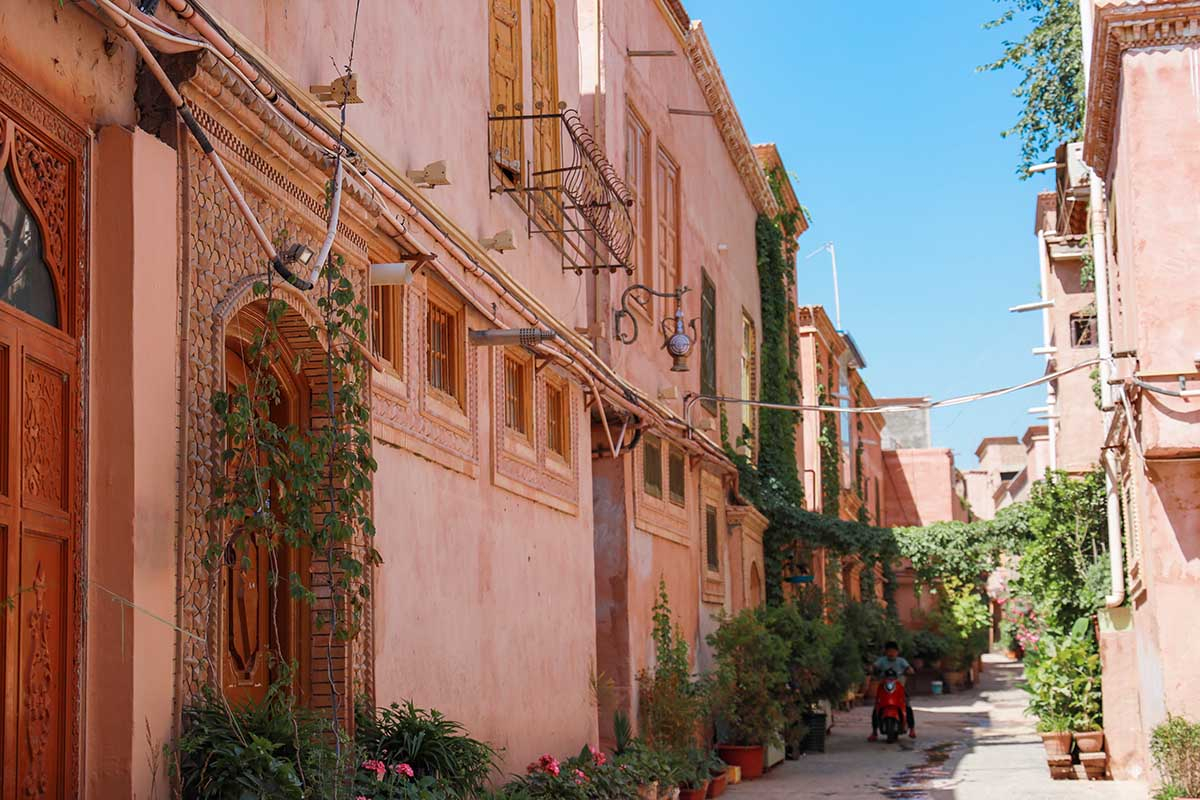
Kashgar Ancient City
As the best place to experience local customs and get an understanding of local life, Kashgar Old City is a must-go for a Kashgar trip. It is composed of crisscross lanes with all kinds of shops. Though a tourist site, it remains its original feature, that's also what makes it attractive and popular.
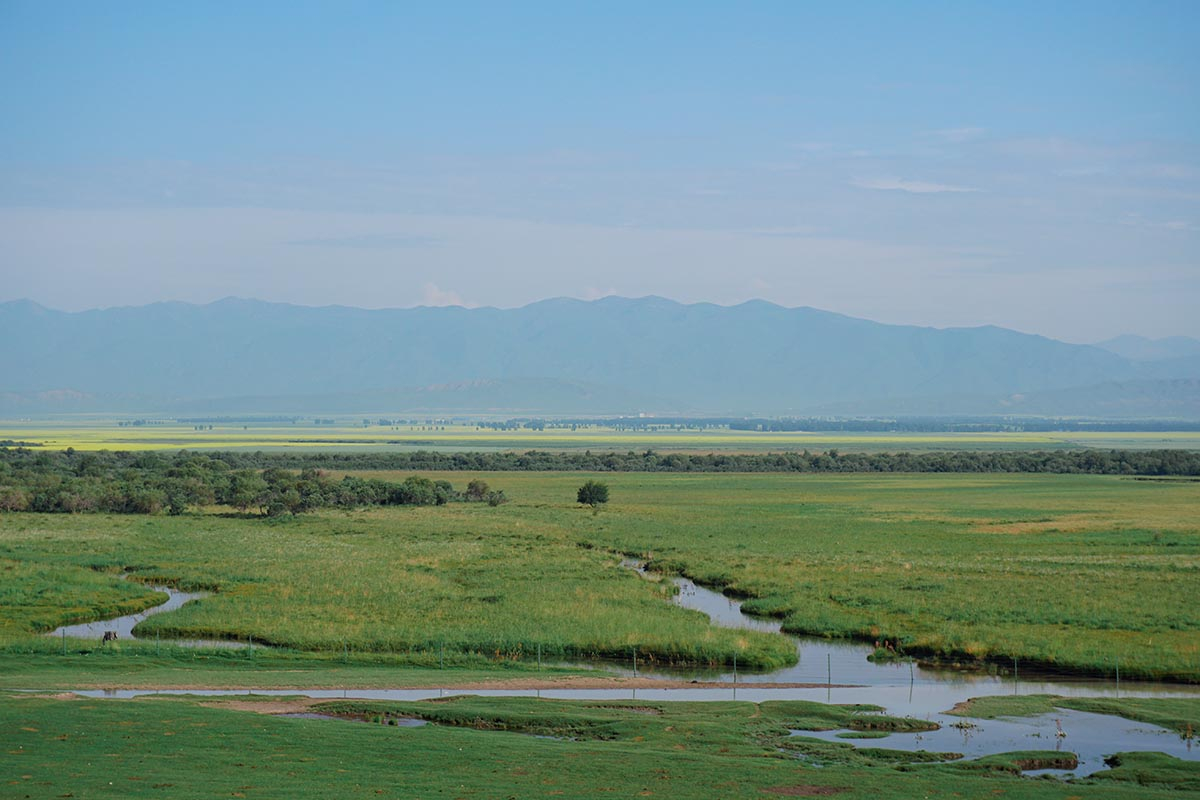
Zhaosu Wetland Park
Zhaosu has the reputation of "Tianma hometown".The most attractive part of Zhaosu Wetland Park in Summer is to see the scene of Wanma Pentium across the river, Every day at 6 pm, there is Tianma Bath River and the shepherd's lamb show.

Guo Zi Valley
Although the Guozi Valley is no longer famous for its fruit trees, however, tourists can still enjoy the beautiful views, such as river valleys, rocks, peaks, birches, mountains and flowers, waterfalls and springs, which is quite worth to visit.
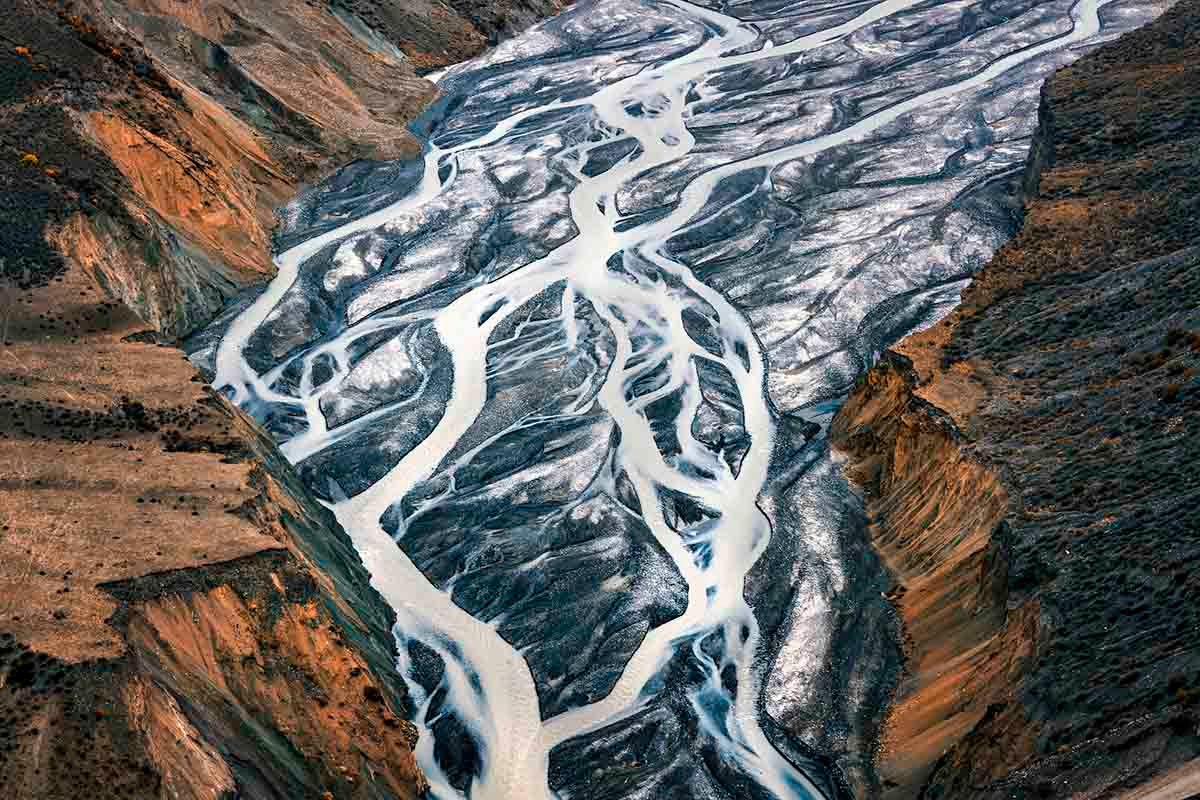
Anjihai Grand Canyon
Anjihai River originates from the Tianshan Mountains. Through years of scouring, it breaks out of the Tianshan Valley near Tonggute, forming a large scale alluvial fan under the northern slope of the Tianshan Mountains. The valley alluvial fan is large in scale and spreads northward in an umbrella shape which can be called a geological wonder.
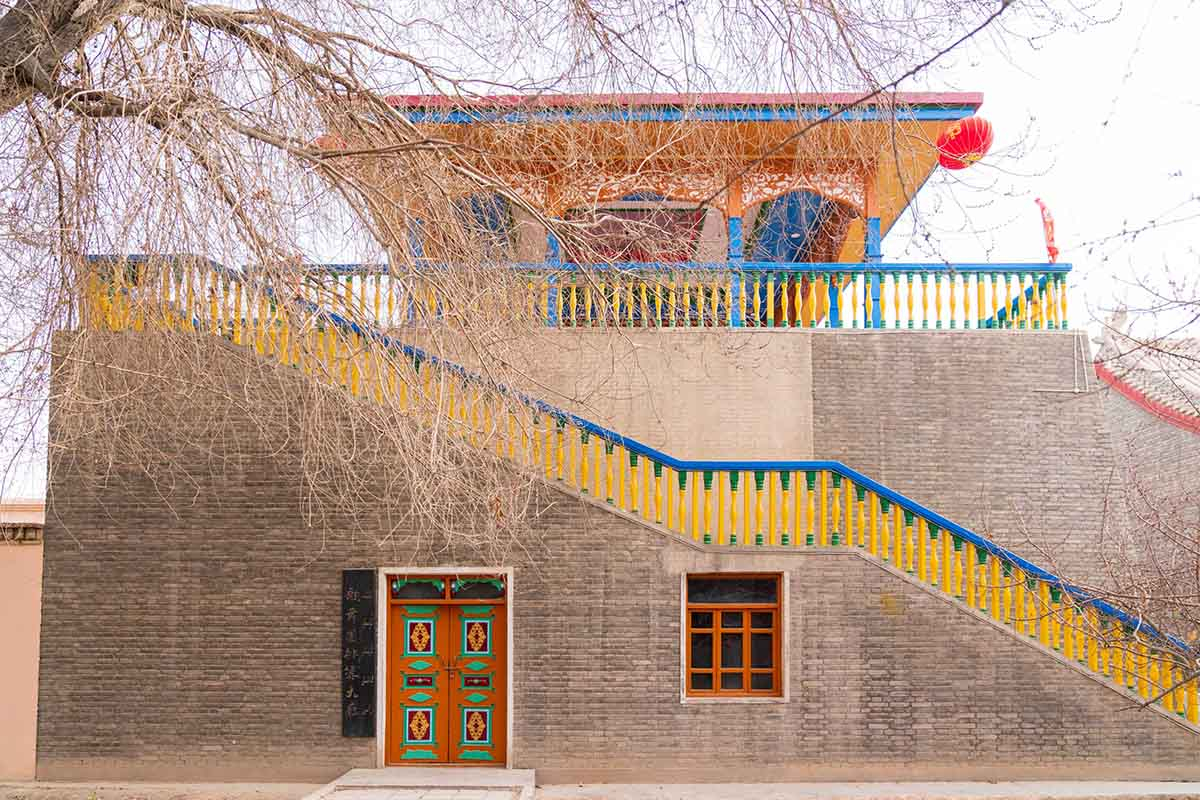
Kuqa Palace
Here, you would have the honor to see the elegant demeanour of the last prince, enjoy a high standard Uyghur style reception, taste the royal family style banquet, Kuqa small white apricot, Kuqa medicine mulberry - chartut, special roasted whole lamb, yellow noodles - kavapu and other delicious dishes, enjoy the Qiuci dance, dance with young Uyghur boys and girls, live in the same palace with the prince once lived, enjoy warm and considerate service...
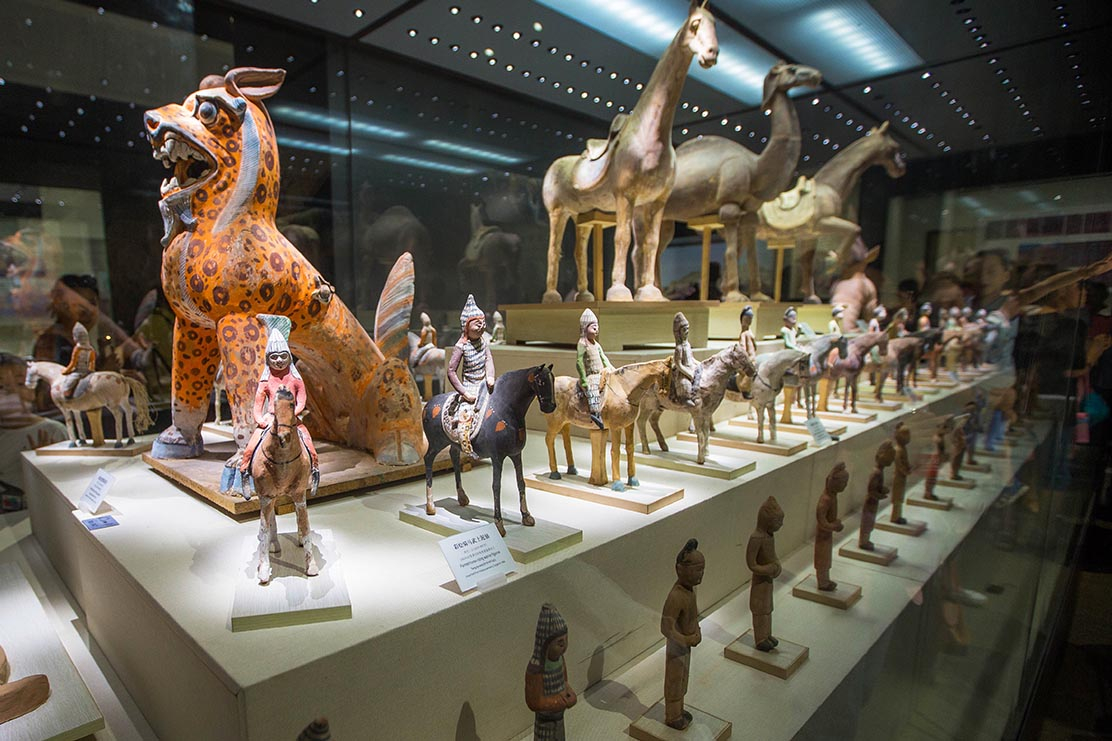
Xinjiang Museum
Exhibition halls are categorized by 2 themes: Historical Relics of Xinjiang; Folk Culture and Customs of Xinjiang. Apart from this two fixed exhibition themes, other themed exhibitions were held focusing particular historical period of Xinjiang region.

Tasha Ancient Road
The ancient road goes deep into the heart of the Kunlun Mountains and into the Pamir Plateau, combining snow mountains, valleys, rural areas and Tajik villages, as well as views of the Pamir Valley, scenic and historical.
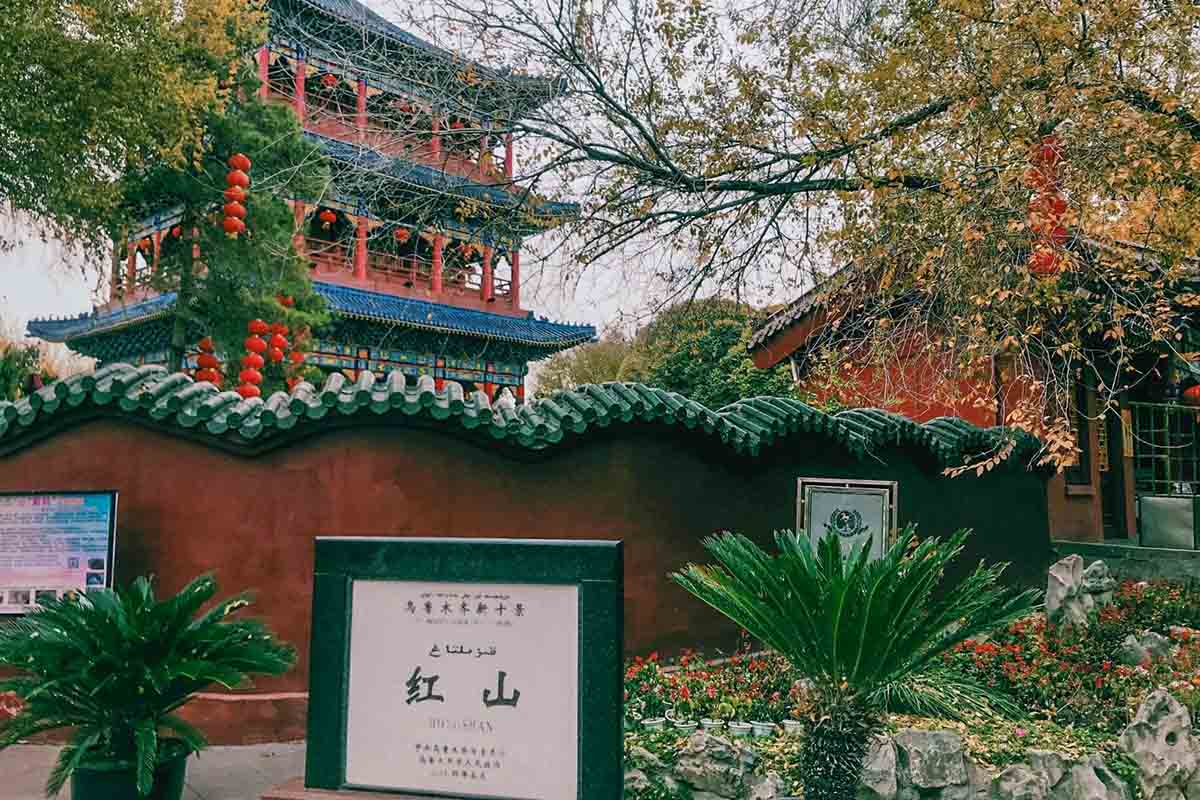
Red Hill Park
Red Hill Park locates on 40# of Hongshan North Road, Shuimogou District. It is a popular site for Urumqi locals.This park is named after a red sand stone hill sits inside this park. It is at the elevation of 910.6 meters and is 90 meters higher then the city of Urumqi. It is not a mighty mountain, but a icon for the city of Urumqi.
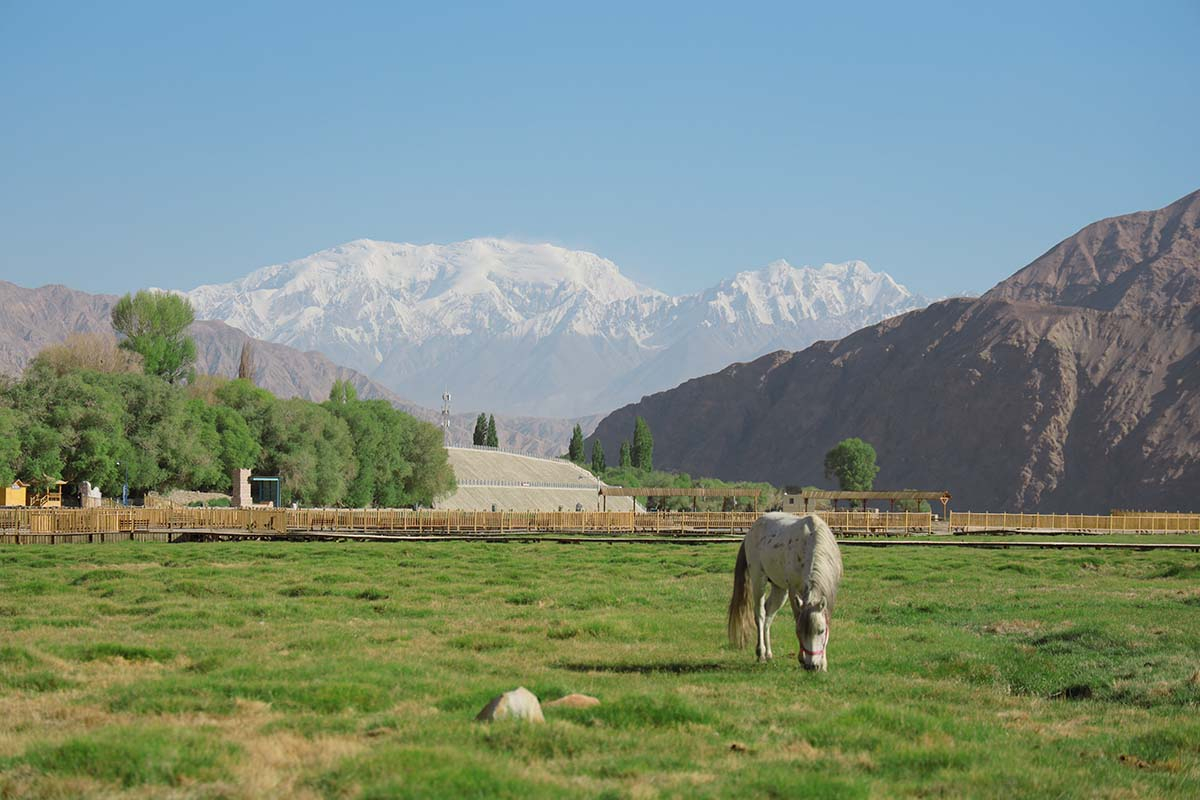
Stone City
The city was a highly strategic castle on the ancient Silk Road. It has been listed as a national key cultural relic protection unit. Though left in ruins, the Stone City is surrounded by snow capped peaks, grassy beach and river, strong Tajik ethnic customs, which is quite rough and unadorned.
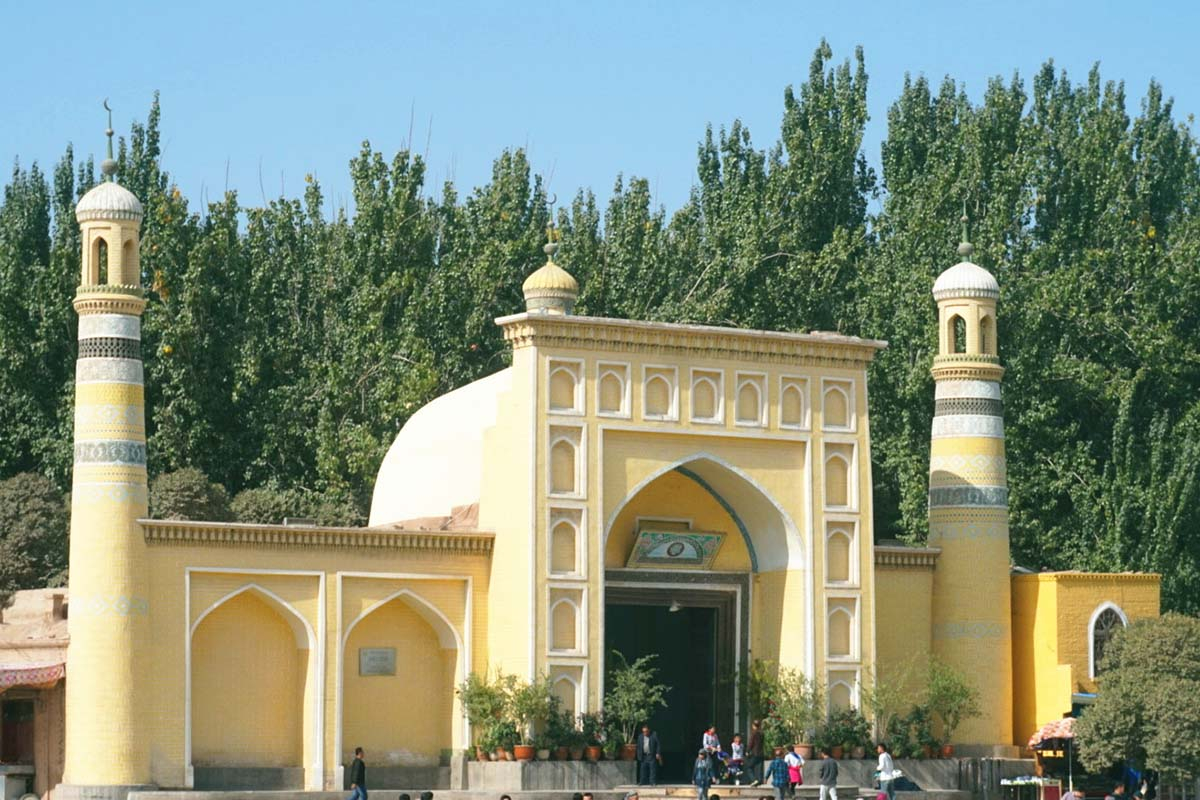
Id Kah Mosque
It now serves as the largest mosque in China. It attracts more than 10,000 worshipers for prayers on a Friday afternoon. The call to prayer booming from the mosque can be heard throughout the city center.
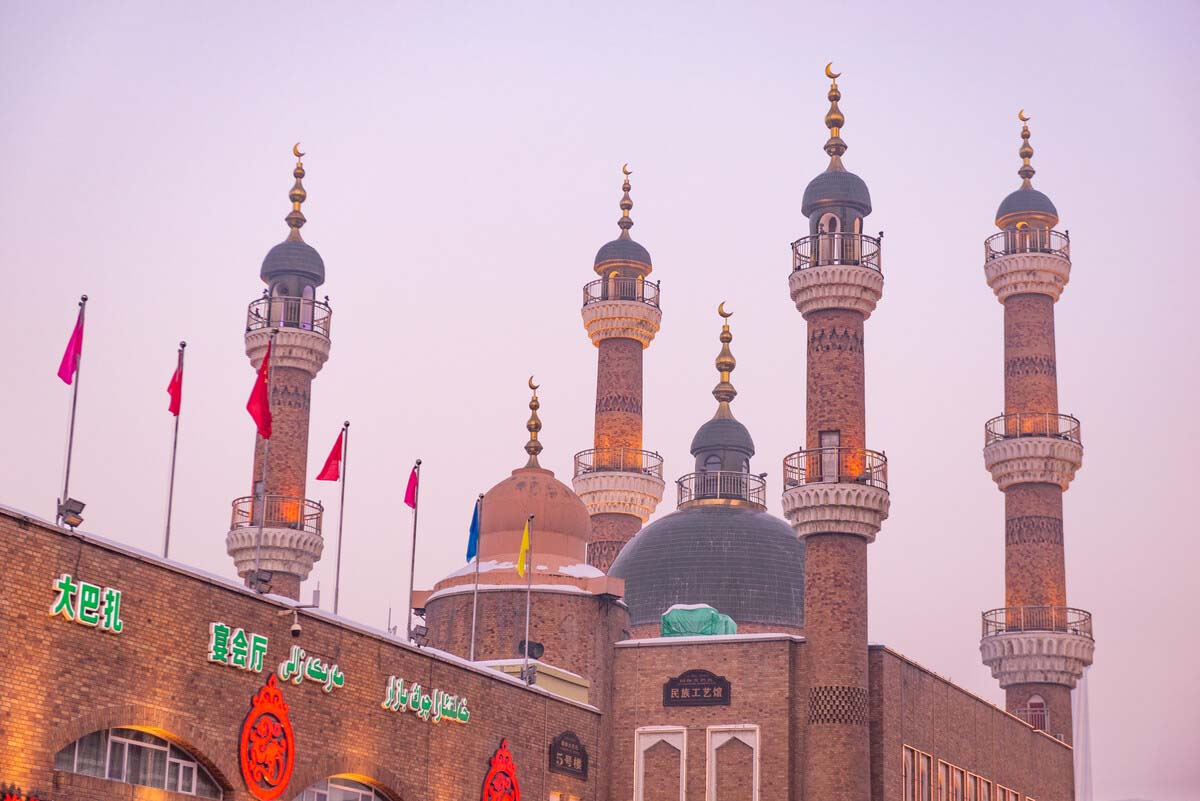
International Grand Bazaar
The bazaar is also an artistic place which attracts artists and artisans of Han, Uygur, Hui and Kazak origins. Their talents are highlighted in form of songs and dances.The Banquet-Performance Grand Theater is capable of accommodating 1,000 people. Visitors can find cuisine of Uygur style, and at the same time appreciate the unique performance.
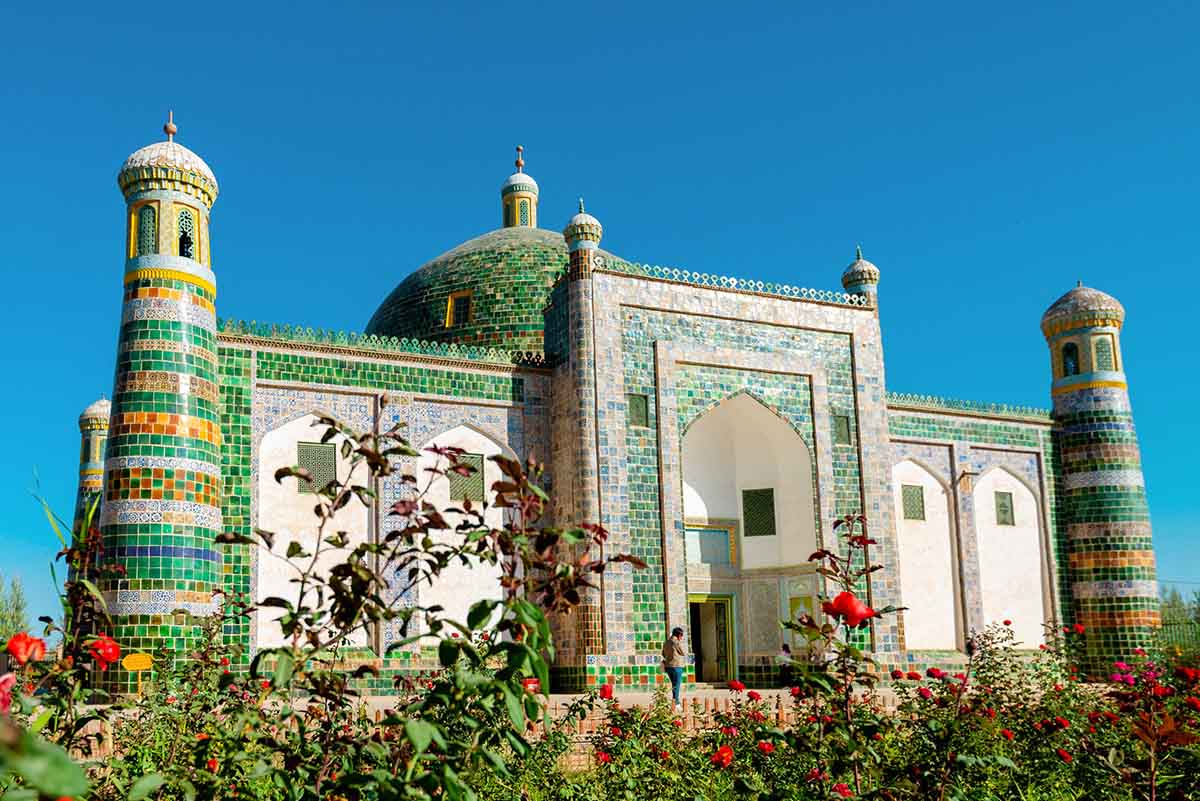
Apak Hoja Tomb
The tomb is a key cultural relic unit under the protection of the Autonomous Region. As a tomb of the descendants of an Islamic sage, it was built around 1640 AD. The legend has it that 72 persons in all of five generations of the same family were buried in the tomb. The first generation buried here was Yusup Hoja, a celebrated Islam missionary.